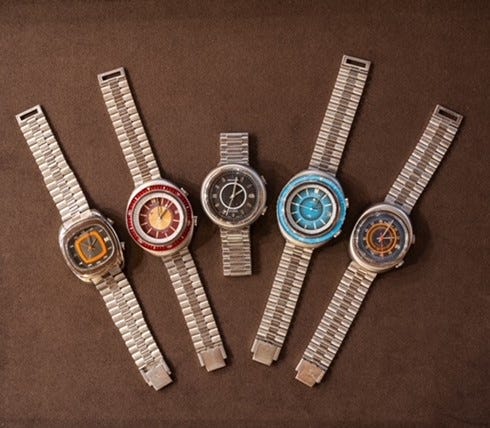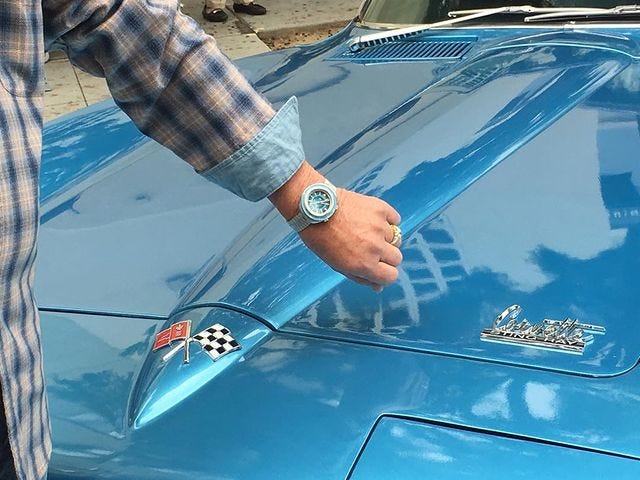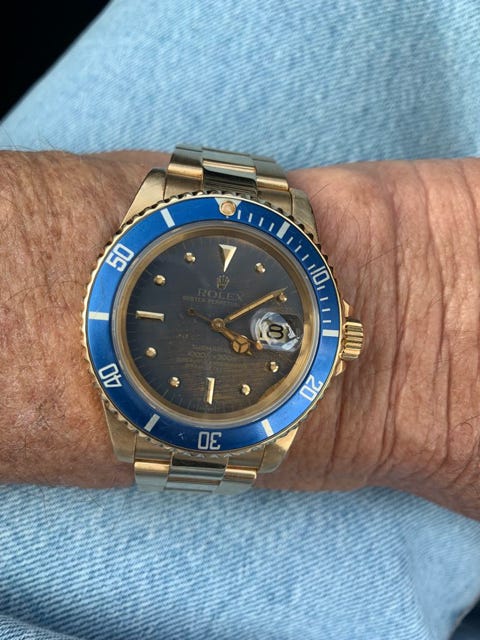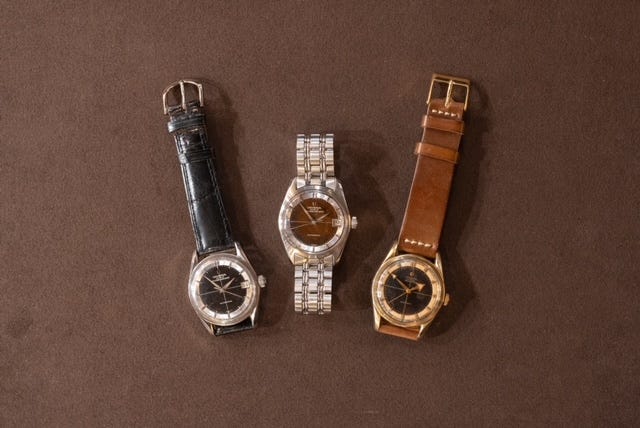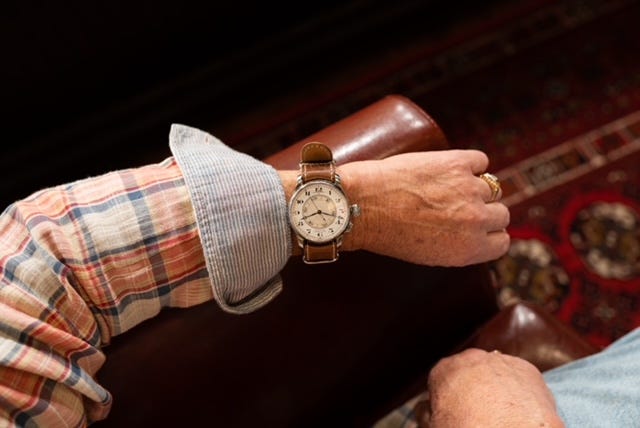Interview: Hollywood Dealer Ken Jacobs of Wanna Buy A Watch?
'Dealer to the stars' reflects on 40 years in watches
Rescapement is a weekly newsletter about watches. To get exclusive interviews like this delivered straight to your inbox, smash the subscribe button:
Ken Jacobs started Hollywood vintage watch store Wanna Buy A Watch? in the early 1980s. Talk to the guy, and you’d be surprised to learn he’s been in the business for more than 40 years. The youthful energy and passion he still has for watches bursts out of every sentence, perhaps most eagerly when he’s talking about his own collection.
Ken got into watches after earning his PhD in clinical psychology and working in the field for a few years. After a childhood of collecting and an early adulthood spent going to the Rose Bowl Flea Market to trade coins, he discovered watches, first being drawn in by early 20th-century pocket watches.
“The lightbulb went off — these things are valuable — beautiful, functional, and historical,” Ken said. “I thought ‘I’m moving out of coins, which are two-dimensional and static, to watches, which are 3-D.’”
Ken’s stories take the history of watches and watch collecting that you usually only read about and bring it to life, from a guy who happened to live it all.
We talked about his years as a dealer, and then get into a bit of his personal collection.
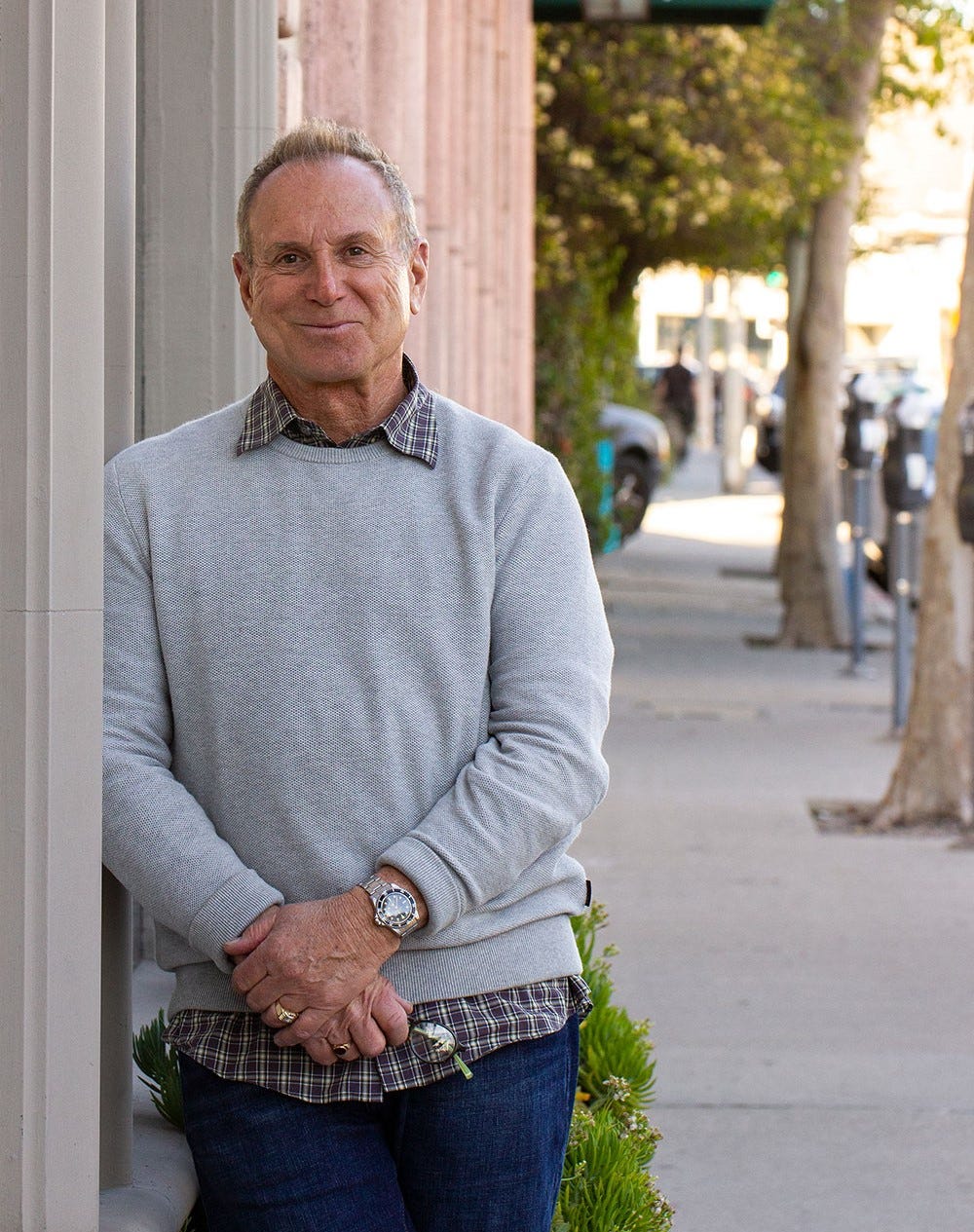
Q: Let’s do a quick intro to Ken Jacobs. Who are you and how’d you get into watches?
Ken: I have my PhD in clinical psychology, which has nothing to do with me in the watch business, but I spent a good number of years doing that.
I’ve been a collector all my life. It’s all about the collecting gene. As a kid I collected seashells, I had a stamp collection. I got deep into being a coin collector. I was the kid who, in junior high, would take the bus to the bank and exchange a $20 bill for a roll of pennies and dimes and look for better dates, better examples, and continue to do this until I was exhausted or out of money.
How did that collecting lead you to watches?
After grad school in Chicago, I moved out to California to do an internship in clinical psychology and started going to the Rose Bowl flea market, selling coins.
I ran into a UCLA student who was selling pocket watches, mostly hunter case watches. They were beautiful, fascinating, and I thought it was just great value. He was selling them for maybe $125 or $150 — beautiful Elgin, Waltham solid gold watches. The lightbulb went off — these things are valuable — beautiful, functional, historical. I thought ‘I’m moving out of coins which are two-dimensional and static, to watches, which are 3-D.’ So I moved out of buying and selling coins to pocket watches, a far more interesting object.
Within about a year — this would’ve been 1977-78 — I started discovering wristwatches. The first 4 I bought for $140. This was in the late 70s when the fashion of vintage wristwatches was just beginning to pick up. It was all about style and Art Deco.
I was selling watches at the Rose Bowl Flea Market, but then I got a call from a friend who had the opportunity to take a small space on Melrose Ave.
I’d come to L.A. for my job as a clinical psychologist. I worked for 5 years as a clinical psychologist and became the head of the department, but after that moved into the watch business full-time. It was exciting to become part of the Melrose scene, which was exploding as a vintage venue.
I’ve had a retail store for 40+ years now. We’ve moved a number of times into larger spaces, eventually into my own space. In the beginning, there was no eBay, no literature, nothing. Your local vintage watch dealer was your source of information.
Every Saturday, the store would fill up with people, coming in to see what was new. I was dealing in aesthetics, design, beautiful watches. Not necessarily high-priced watches or investments.
How has the watch space changed since you started?
I didn’t have deep pockets to buy expensive things, so I was buying frugally, but buying beautifully designed watches.
Second Time Around Watch Co. was a role model in the fashion of wearing vintage watches and putting them on showcase, especially in L.A. They had all these early 20th century Patek Philippes, and they made a market selling to the upper crust of Hollywood and the entertainment industry. I saw that aesthetic and totally got it. My strength is not technical, but I learned that other people liked what I liked.
In the early days, guys had rolls of gold watches, electric watches, often from American brands like Hamilton or Elgin, and they’d be proud of and celebrate and wear different ones every day — rose gold, yellow gold, different straps, mostly rectangular.
In the late 80s or 90s, the sports Rolexes — GMTs, Explorers would cost $1500 to $2000. Daytonas were $500 when I started and would sit unsold. The first Paul Newman Daytona I sold may have been $6500. A shift began when collecters began consolidating their collection of 10, 20, 30 American wristwatches into a couple Rolex Bubblebacks and more valuable and prestigious pieces. There was a huge shift towards Rolex and Patek.
Nowadays, it’s Rolex, Rolex, Rolex, with Omega a distant second and Cartier third.
Do you ever miss those old old days?
Not necessarily, it’s just a shift. When you have a history of 40+ years in the business, you know about these things because you’ve lived them, not because you read about them or watched a documentary.
Am I the most knowledgeable about watches among vintage dealers? Certainly not, but I do have years of first-hand experiences of living that goes beyond studying and reading.
Nowadays, I’m just surprised to be in that position because I don’t feel old. Maybe in some ways it’s humbling, but it’s interesting that I have things to share just as a result of having been around for all this time.
Let’s hear a bit about your personal collection. What do you like to collect?
I’m really drawn to good design. That really is the strongest driver for me. Those square gold watches, it was all about design. Now, I’ve shifted into the mid-century design aesthetic. 30 years ago I started paying attention to these designs and I started referring to them as hipster designs, when all the juice was in those 1920-30s watches. But the watches from the 50s-60s just had a slicker design. And I thought, ‘I have to buy some watches for the hipsters.’ Well, the hipsters have turned into mid-century modern, and it’s all these fantastic 50s, 60s, and 70s designs.
I have a collection of a few Jaeger Le-Coultre Alarms. The classic round one was a staple in everyone’s collection. I have a handful of these, which are space-age, modern designs. That charcoal and orange TV screen dial, and the oversize, and the oval-shaped with the bright blue and orange, each have their original NSA JLC-signed clasp.
They’re cool, generally unfamiliar. When I would wear them to shows, people would stop me and ask ‘what is that? I need one!’
On Rolex:
I would’ve guessed I have 5 or 6, but I counted them up and realized I have 15. And it’s not like I’m just a Rolex guy, though I do wear a lot of Rolex. I don’t swap watches every day, so sometimes I forget I even have these.
My most recent pickup is a gold Rolex Submariner which has a beautiful faded dial, which I’ve nicknamed ‘stonewash jeans’ because of the great patina.
On Submariners:
When I started there were just Date Subs and No-Date Subs. There weren’t reference numbers. Then one day someone told me Japanese dealers will pay $500 more for ‘the ones with 4 lines with text,’ what we now know are 5512s.
And now it’s to where every email is ‘is it all original?,’ ‘has it been polished?’ And so on. People can go online and get educated, but sometimes they ask questions they have no business asking.
On dress watches from Patek Philippe and Vacheron Constantin:
I’m not a dressy guy. My Patek is a recent acquisition. I got lucky. It’s the only Patek I have, and I didn’t realize how special it was until I got it: Roes gold, luminous dial, waterproof case. I kept it as an investment.
But I bought a dressy Vacheron on 47th Street 30 years ago. It’s got massive lugs and this fantastic guilloche dial. The guy did not want to sell it to me, and I assured him that I wanted to buy it for myself. That has been my one dress watch for the last 25 years. I can’t say I’ve worn it more than 8-10 times, because I don’t get dressed up much.
On Universal Geneve:
I decided to show two Universal Geneve Polerouters to complement the Broad Arrow. I was at the Rose Bowl Flea Market, and UG was just starting to come into my mind. A guy who deals in scrap gold pulled out this broad arrow Polerouter, on an old gold-filled bracelet. As he takes it out I just go ‘holy sh*t.’ I didn’t know about the broad arrow, or that the outer ring was luminous. I ended up buying it for $125. The other Polerouters I bought over the course of doing business and they happen to be in great condition, so I kept them. When you’re only paying a few hundred dollars for these, it’s more fun to have the watch in mint, mint condition. It’s not just buy-sell buy-sell for me, there is a joy in collecting.
On Longines:
I’ve had this Weems for thirty years, I’ve been wearing it just because it’s so flipping cool. It’s huge and has this gorgeous enamel dial. I used to wear it all the time — I owned it before I owned any Rolex. I wore it just because it was cool and striking, way before the fashion of oversize watches.
All photos courtesy of Ken Jacobs and Wanna Buy A Watch?
Rescapement is a weekly newsletter about watches. To get exclusive interviews like this delivered straight to your inbox, smash the subscribe button:






